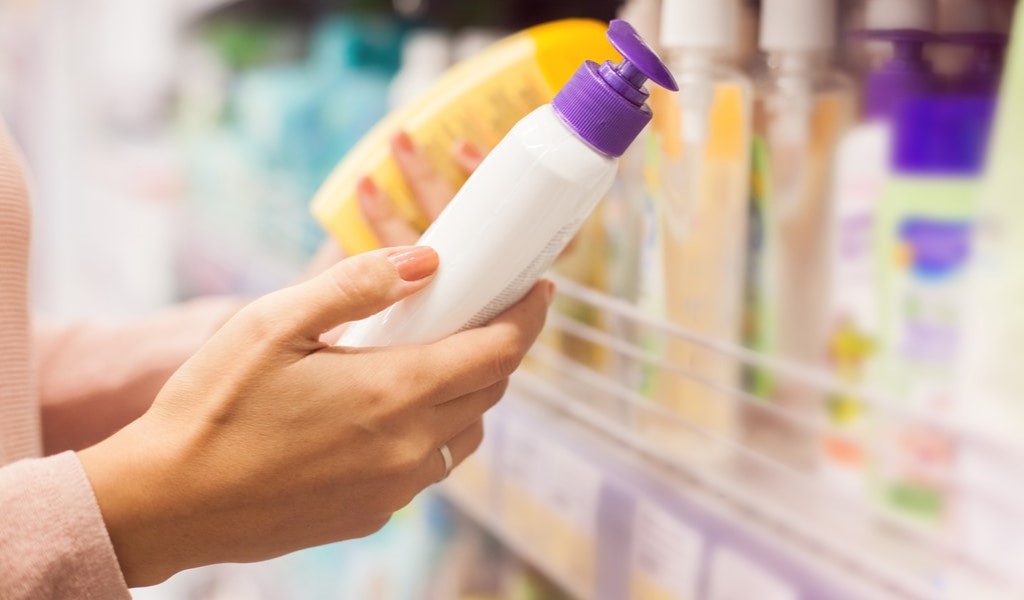16 Dec Choosing the Right Emollient

Emollients are simply moisturisers used for medical conditions causing dry skin, like eczema. The array of lotions, potions and products on the shelves can be baffling. Choosing the right emollient isn’t easy. How do you choose the formulation that will soothe your skin and ease any itching?
The best emollient for you is the one that feels good on your skin, so that you’re likely to use it frequently. However, you may find that you need different formulations for different areas of skin and varying times of day, as well as tailoring your treatment during flare-ups.
Emollients are made from a combination of oils and water. The relative balance of these can affect the consistency, the ease of application and the effectiveness of the product:
Ointments
Ointments are greasy emollients that are oil-based. They contain relatively less water, which means they need fewer preservatives. They are thick in texture, so can be sticky and tricky to apply and are often visible on the skin after application. However, they are highly moisturising, retaining water in the skin and restoring the barrier function. This makes them the treatment of choice for skin that is very dry, thickened or inflamed, such as during eczema flare-ups. They can also be useful for overnight use or under wet-wraps. They are usually applied every 6 to 8 hours.
One word of caution, ointments that contain more than 50% paraffin could potentially be flammable so should not be used near someone who smokes or in the vicinity of a fire or open flame.
Lotions
Lotions have a lighter, more liquid formulation. They have a higher proportion of water than oils, making them light, cooling and very easy to apply. They need to be applied more generously and more frequently than ointments. Lotions are not as effective at moisturising very dry skin, however they can be good for use on hairy areas, if the skin is wet and weeping, or when time is at a premium and quick absorption is necessary.
The high proportion of water means that lotions need more preservatives, which can cause skin sensitisation. For some people, their skin will burn during application, especially if it is scratched or sore.
Creams
Creams fall in-between ointments and lotions. They are formulated from a mixture of fat and water and are lighter and easier to apply than an ointment. They are thicker than a lotion but are still easy to spread and can be used in the daytime when a greasy ointment may be cosmetically unacceptable. Creams are also easy to apply over skin that is sore or weeping.
The water content means that creams also need preservatives, which can cause skin sensitisation in some people. To be effective, creams need frequent and generous application, around every 3 to 4 hours, to restore the skin’s barrier function.
Hydrating Gels
Gels have a different chemical structure, meaning they can be light, cooling and non-greasy even though their oil content is high. You usually need to apply gel every 3 or 4 hours. However if they contain a humectant like urea, hyaluronic acid or glycerine, gels can hold water within the skin for longer. Therefore, some products you will only need to apply every 6 to 8 hours.
 Soap Substitutes
Soap Substitutes
Soap bars and hand-washes can strip the skin of its natural oils, dehydrating and irritating sensitive skin. These products also frequently contain fragrances, colours and other chemicals that can cause sensitisation.
Emollient soap substitutes can effectively clean the skin, without drying it out. However, they can take a little getting used to; they don’t foam and feel very different from the soaps and washes you’ve used in the past. The good news is that bubbles play no role in the cleansing process, so your skin can be both clean and healthy.
Bath and Shower Oils
Bubble-baths and shower-gels are also full of chemicals that can irritate and inflame the skin. However, hot water alone can be very drying for the skin. It’s sensible to apply an emollient before bathing or showering. An emollient bath or shower gel can both cleanse and hydrate the skin, leaving a fine oily coating on the surface to trap moisture.
Testing Times
Before using any new emollient for the first time, it’s essential to test your skin’s reaction. Patch test the product on a small area to make sure you don’t have an allergy or any other skin reaction.
Apply a little of the cream, ointment, lotion or gel to an area of skin. Many people use the skin behind the ear, but you can try wherever your skin is most sensitive. Leave for 48 hours and keep an eye out for any reaction. If there’s no irritation, it should be safe to apply over the body.
Read more about how to apply emollients.
Skin Sensitisers
Chemicals within some emollients can cause irritation, so it is advisable to avoid these products wherever possible. AproDerm® is a range of specially developed, gentle emollients and barrier creams. Each product has been scientifically formulated to be free from SLS, parabens, halogens, fragrances and colours. These chemicals can inflame and sensitise the skin.
The regular use of emollients like AproDerm® can decrease dryness and itching and reduce the risk of eczema flare-ups. By forming a protective layer over the skin surface, trapping in water and moisturising the skin cells they can keep the skin healthy, so you can get on with your life.
Choosing the Right Emollient
With an understanding of the different formulations that are available, it should be easier for you to make a decision when it comes to choosing the right emollient. Take a look at the AproDerm® range of gentle emollients for the whole family.



Sorry, the comment form is closed at this time.